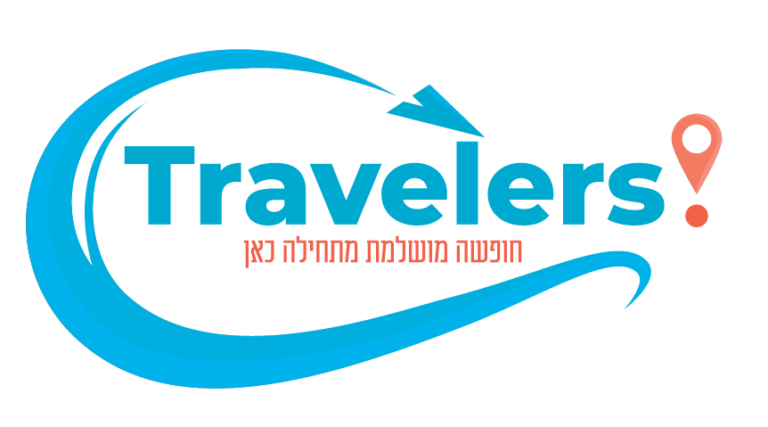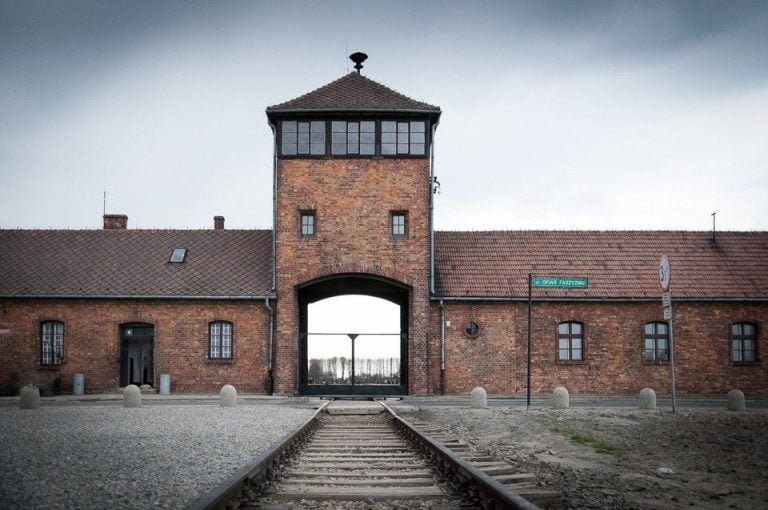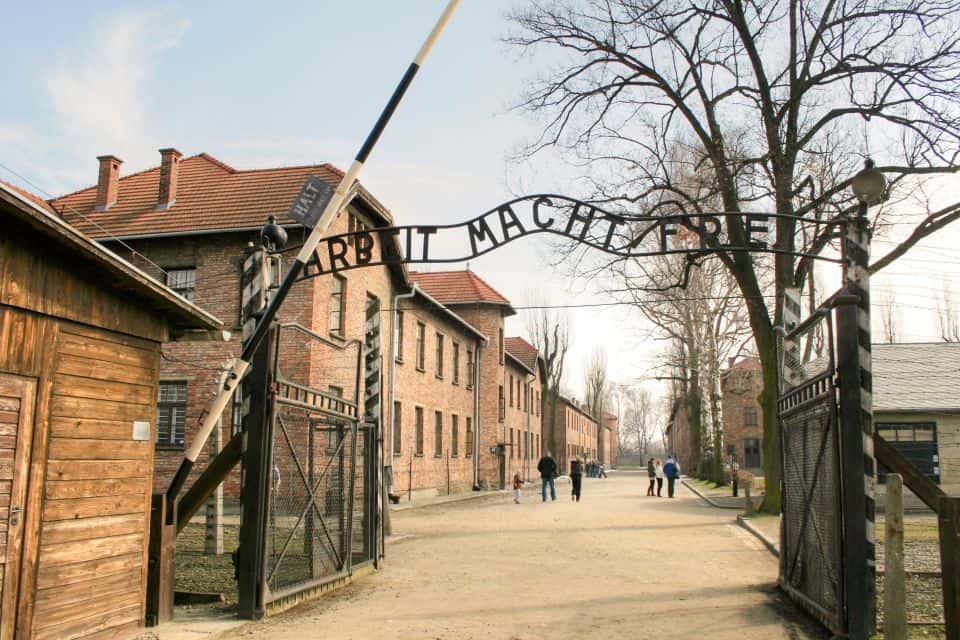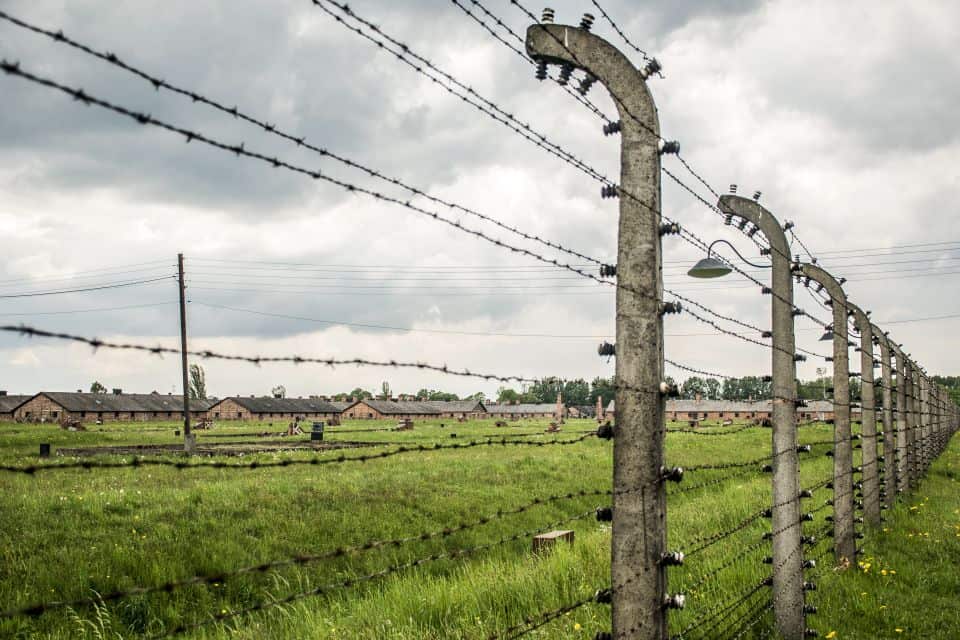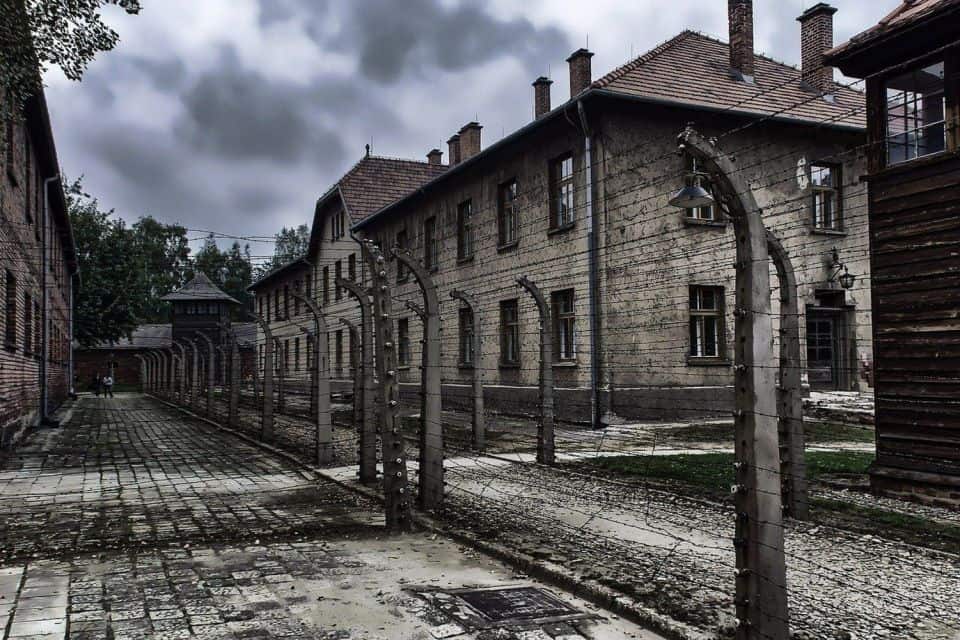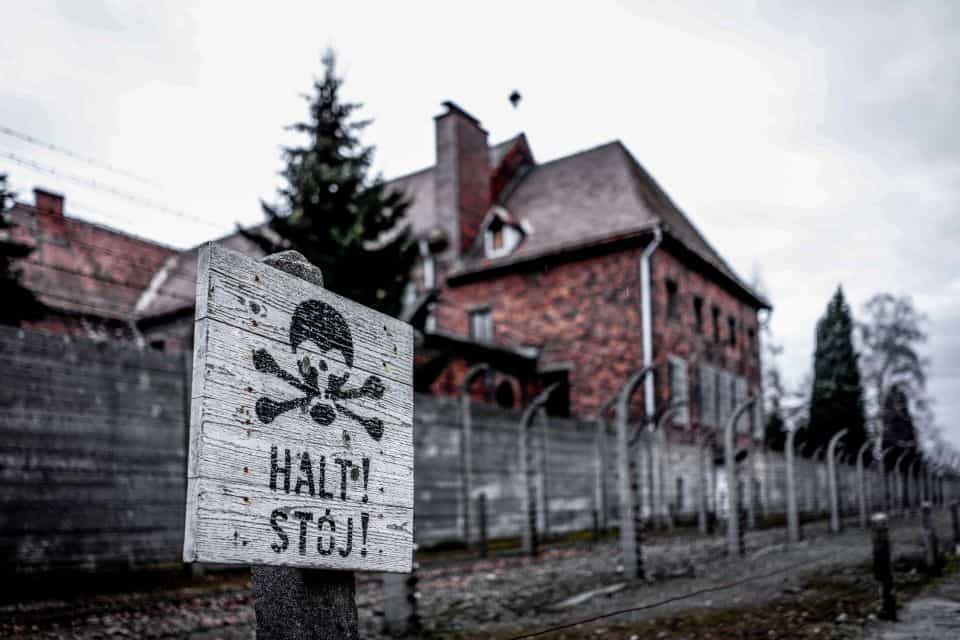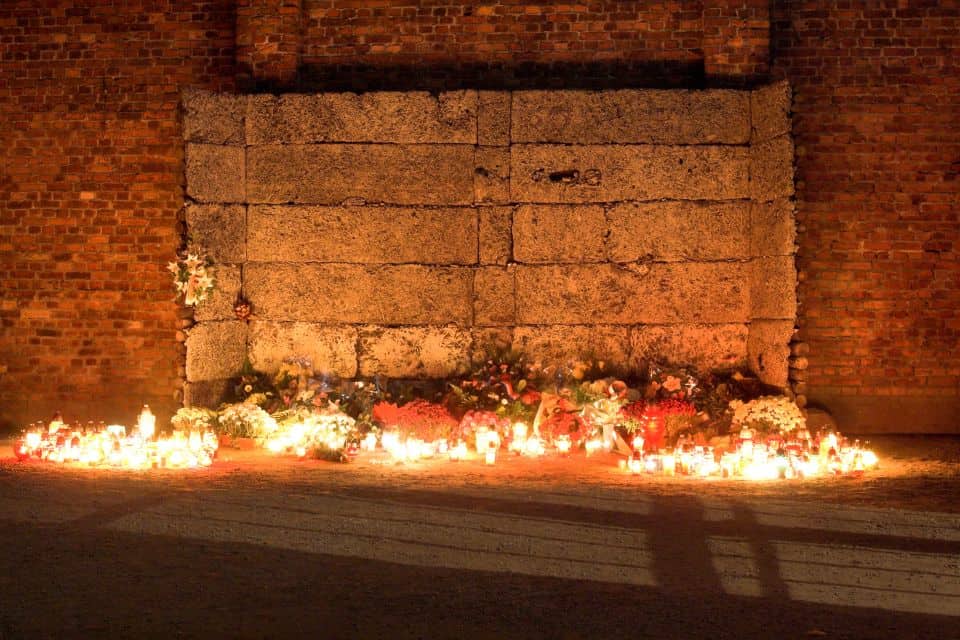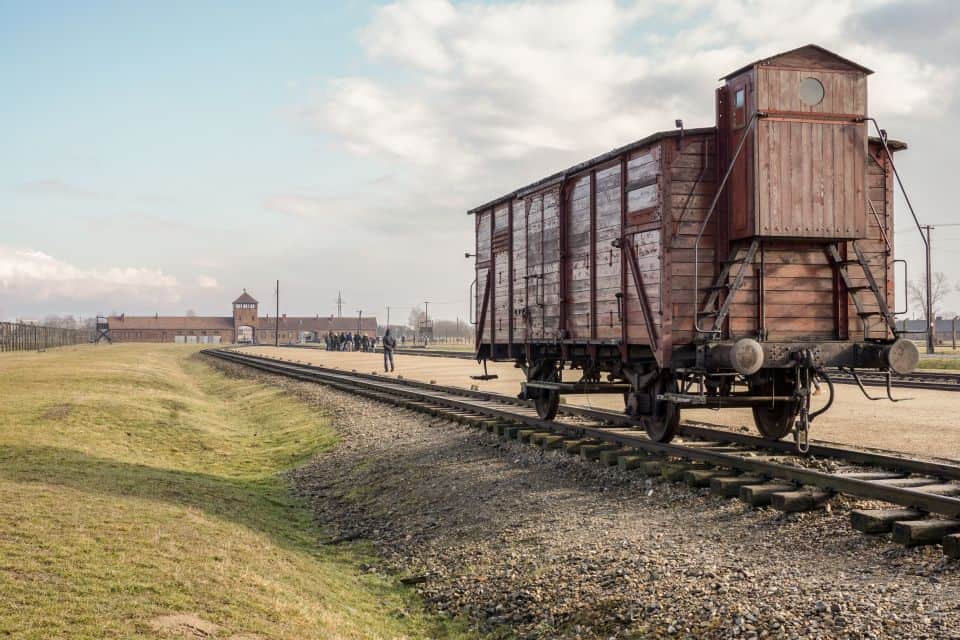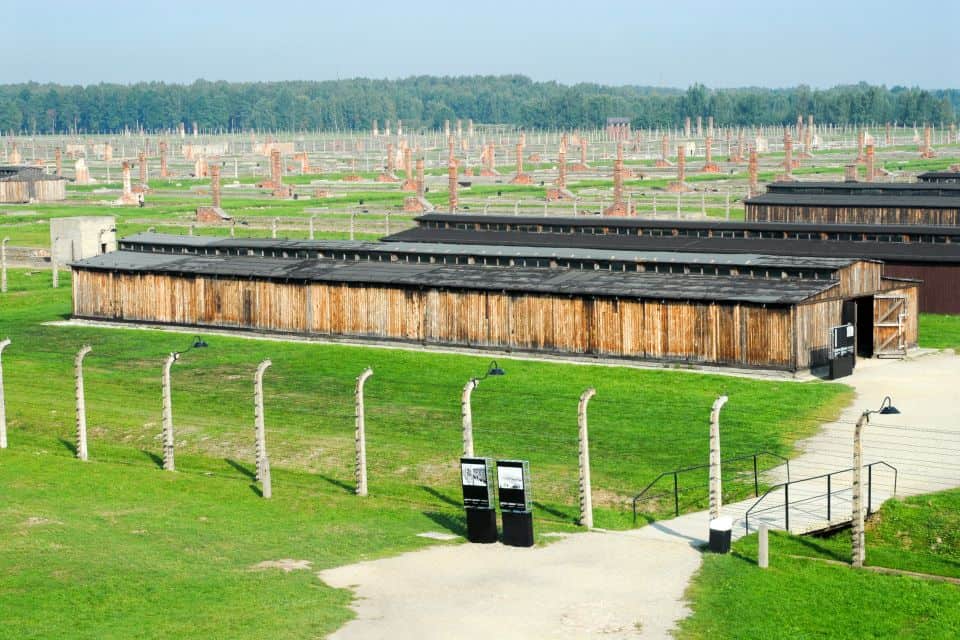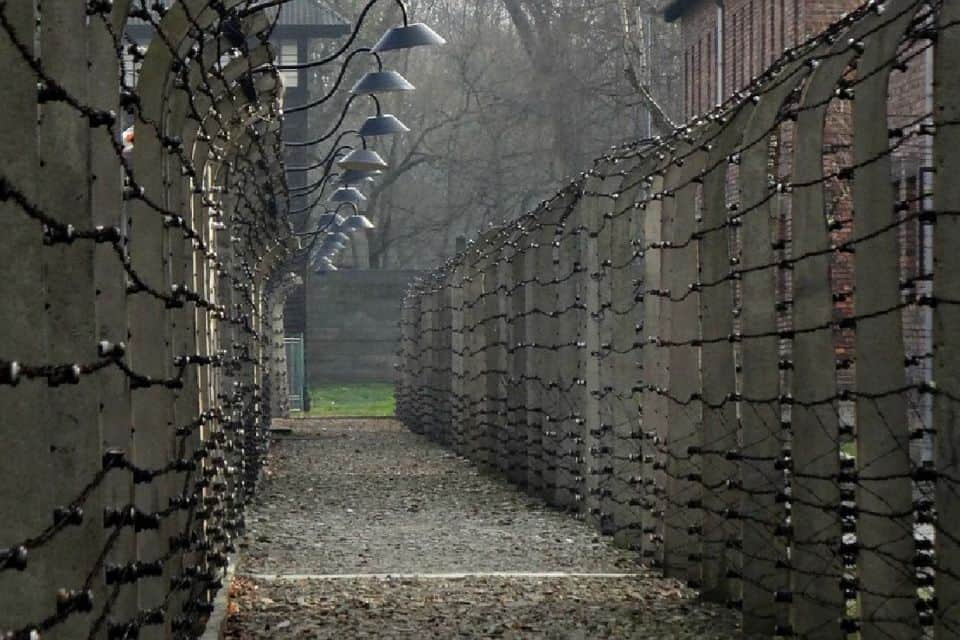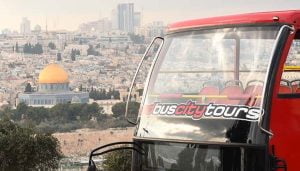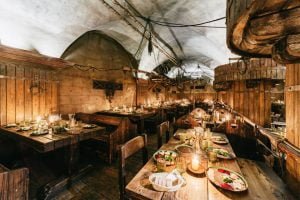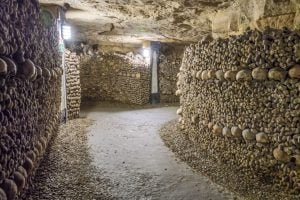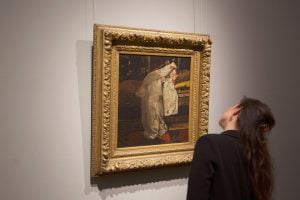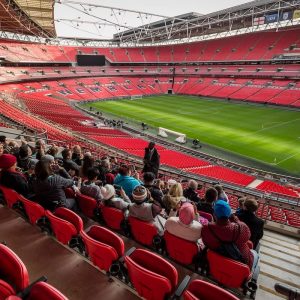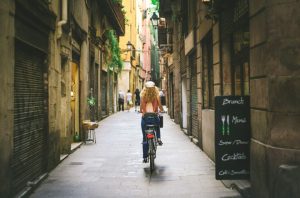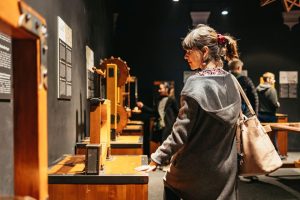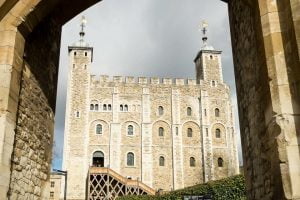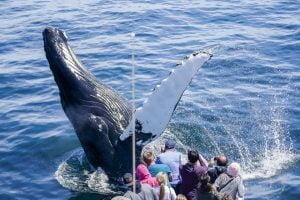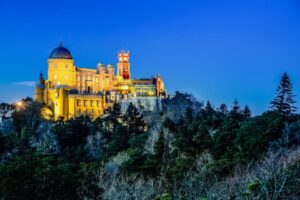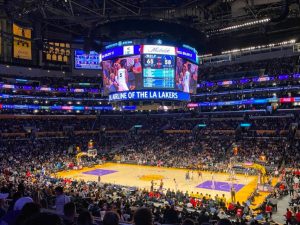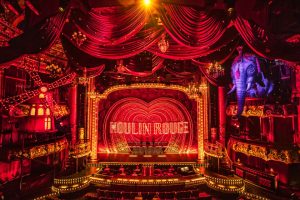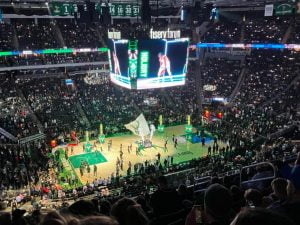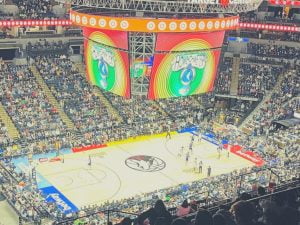Guided tour in Hebrew from Krakow to the Auschwitz extermination camp in Birkenau
As Israelis, it is impossible to detach ourselves from our painful history which is a hole in the hearts of all of us. Evidence of that difficult history stands in the Auschwitz extermination camp in Birkenau, which is an hour's drive from the city of Krakow.
The extermination camp stands as an eternal monument that testifies to the horrors of the Holocaust that took place in the very same place, about 80 years ago.
Guided tours depart from the city of Krakow that will provide you with a close look at the terrible place and teach you about the historical story of our people, with a Hebrew speaking guide.
A guided tour of Auschwitz-Birkenau is not an easy journey, but it is an essential one. As George Santayana said, "Those who cannot remember the past are doomed to repeat it." A visit to Auschwitz-Birkenau provides a stark and powerful reminder of history's darkest days, bringing to life the chilling stories behind the numbers, allowing us to connect on a deep, human level with the victims of this unimaginable horror.
The guided tours are led by professional guides who combine historical knowledge alongside countless sensitivity, as they tell the stories behind the horror sites in the compound - the prisoner barracks where they lived in indescribable density, the gas chambers where the lives of the Jews were suddenly extinguished, the railroad, and the countless personal belongings left behind. The professional knowledge of the guides and the authentic stories you will hear are far beyond the knowledge that can be acquired from documentaries.
עto the Auschwitz-Birkenau extermination camp
The Nazi concentration and extermination camp Auschwitz Birkenau, located in the town of Auschwitz in Poland, is the largest death camp in human history, which has become synonymous with the worst atrocities ever committed. In this place, between 1940 and 1945, over one million and one hundred thousand Jews and another hundred thousand non-Jews were murdered.
The original camp, Auschwitz I, was established in 1940 and served as the administrative center of the entire complex. At first it was used to hold Polish political prisoners who did forced labor. At the entrance to the camp you will find the gruesome sign with the inscription "Arbeit macht frei" - "Work sets you free".
In 1941, the second Auschwitz-Birkenau was established, about 3 km from the first death camp. Auschwitz-Birkenau was much larger than the first camp and was designed to implement the Nazis' "Final Solution" - the extermination of the Jews - quickly and efficiently. Most of the mass extermination took place in this camp - In gas chambers, where about a million Jews were murdered.
The Auschwitz-Birkenau extermination camp was liberated by the Soviet Red Army on January 27, 1945. Before the liberation of the camp, the prisoners who survived after the horrific war years were forced to go through death marches by the retreating Germans towards Germany.
Today, Auschwitz-Birkenau serves as a museum and memorial, which is visited by millions of visitors from around the world every year. The museum exhibits focus on the personal belongings of the prisoners that tell intimate and difficult stories alongside the remains of the camp itself.
Inside the first Auschwitz death camp, you will find many blocks where the Jewish inmates lived, which today have become unique museums.
In block number 4 you will find an exhibition called "The Extermination", which shows the magnitude of the human tragedy, with a model of a gas chamber and an incinerator, and a display of human hair collected from the victims.
In block number 5 you will find personal belongings that were confiscated from the victims - mountains of shoes, suitcases and glasses that were taken from the victims upon their arrival at the camp, and never returned. The object exhibitions show the painful image of innocent people who brought high heels, festive boots and even ballet shoes with them, because they did not know where they were being taken and when they would return home.
A visit to Block 11, known as the "Death Block", will take you to discover a block that was used as a prison inside the extermination camp, where the prisoners were brutally punished. Next to Block 11 is the "Black Wall", where thousands of prisoners were shot to death.
One of the first sights you will be exposed to upon arriving at the extermination camp is the infamous train line, the one that led over a million Jews to their deaths. Walking along the railroad tracks, you will reach the ramp area, where the Nazis carried out the cruel selection process, and divided those who arrived at the death camp between those who went to forced labor, and those who were immediately sent to their deaths in gas chambers.
The tour of the camp will take you to the remains of the gas chambers and crematoria, most of which were destroyed by the Nazis in an attempt to hide their crimes while the Allied forces advanced, and you will also discover the barracks where the Jewish prisoners of the camp lived in inhumane conditions. It is hard to imagine that some of the barracks contained 1,000 people at the same time, in terrible sanitary conditions and unbearable overcrowding.
The tour will also take you to visit the International Monument, which was established in 1967 among the ruins of the gas chambers and crematoria, and pays last respects to the millions who were murdered in the brutal death camp. Next to the monument you will find signs in many languages with the inscription "Forever this place will be a cry of despair and a warning to humanity".
A tour of Auschwitz in Birkenau - important information:
The tour is a guided tour that departs from the city of Krakow, and lasts about 7 hours.
The tour ticket includes: Transportation from the city of Krakow and back, an entrance ticket to the Auschwitz camp in Birkenau, a guided tour in the language of your choice (English, Hebrew and many other options) and an information booklet.
Please note that the tours in Hebrew are usually more expensive than those in English, because the tours in Hebrew are private tours, while the tours in English are divided into group or private tours, according to your choice.
Tickets must be booked in advance for the tour!
The tour is not suitable for children under the age of 14.
It is not possible to enter the site with jerseys or large bags.
You must have a passport, comfortable shoes and it is recommended to bring water and light food with you.
A visit to the Auschwitz death camp in Birkenau is a journey that will continue with you long after you leave the terrible site. Throughout the guided tour you will receive a sharp reminder of the cruel abysses to which humans can sink, alongside testimony to the resilience of the human spirit. The guided tours are designed to provide knowledge and understanding of what happened at the site of the atrocities, but are also designed to educate the visitors and make them understand the moral responsibility to protect the human beings in the world and ensure that something like this never happens again.
A visit to the place where our people were murdered, alongside a Hebrew-speaking guide, is a symbol of victory. A victory for the Jewish people who went through all the horrors and were resurrected, and will never allow something like this to happen again in the world.
